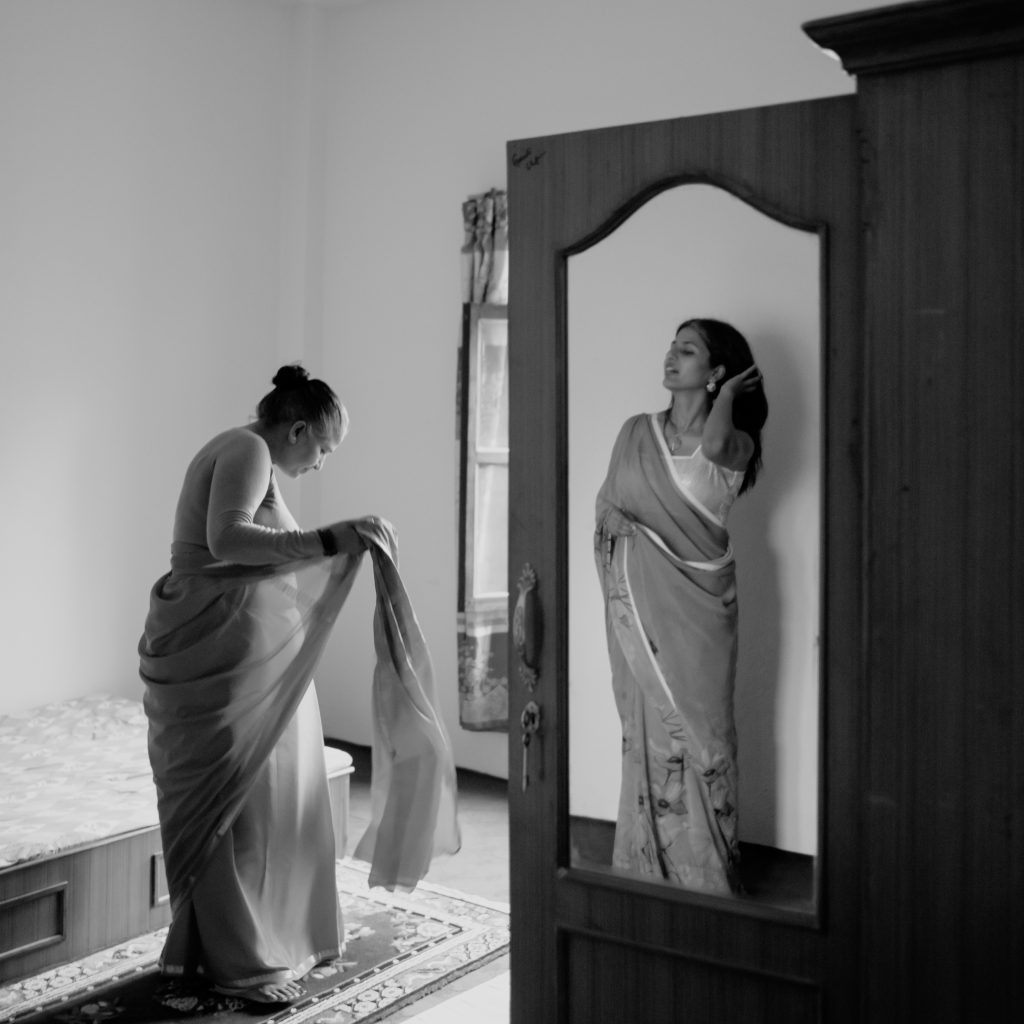There is a common point that helps to construct reality and unreality in the field of photography: Color photography and Monochrome Photography. While researching monochrome photography, there seem to be a lot of textbooks that consider colour photography to be a distracting form of the craft insofar that it reminds everyone of everyday life, pushing forward more the idea that photographers who consciously or unconsciously choose monochrome as their preferred photographic motif are the real artists when it comes to fine art photography because they give viewers a means of escaping the norm, however brief. This is not to say that there are no colour photographers who have used colour editing to make widely accepted fine art photography but to see Black and White photographers as the main drivers who, actively, seek to transport us or bring our attention to the existence of a different kind of world, a surreal one that casts lights on the subject in unexpected and exciting ways. And, fair enough. Real life is in colour, so, of course, it is more interesting and novel to look at reality through a monochromatic lens or have an inkling of it. For our journal project, the subject of the unreal, or to put it this way, a „constructed reality“ is the case for Diana Smykova, an artist who fell in love with the craft of constructing reality through Black and White images, taking the much harder route when it comes to the conversation of what fine art photography is.
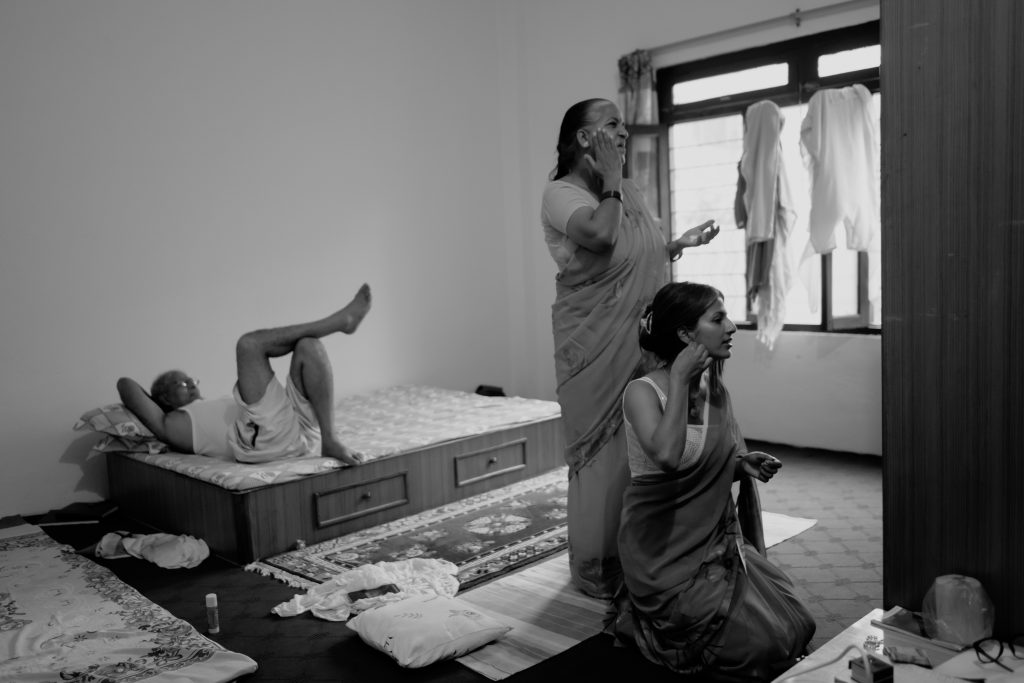
Please briefly introduce yourself, What made you get into the art of photography?
My name is Diana, and I define myself as an artist working at the intersection of art and documentary photography. However, I don’t limit myself to one medium, I experiment with text, video art, and various photographic processes and techniques. Currently, I’m moving towards filmmaking. Overall, I strive to create complex and multi-layered projects, basing them on documentary stories and transforming them into artistic forms. I was born in the north of Russia and started travelling extensively at the age of 14.
Due to a conflicting relationship with my homeland and identity, these themes accidentally became central to my practice. I explore the relationships of different people with their culture and place, and the theme of home and belonging. I am interested in metaphysics, folklore, sacred landscapes, and mythology – through these themes, I find it more interesting to approach people and their psychology.
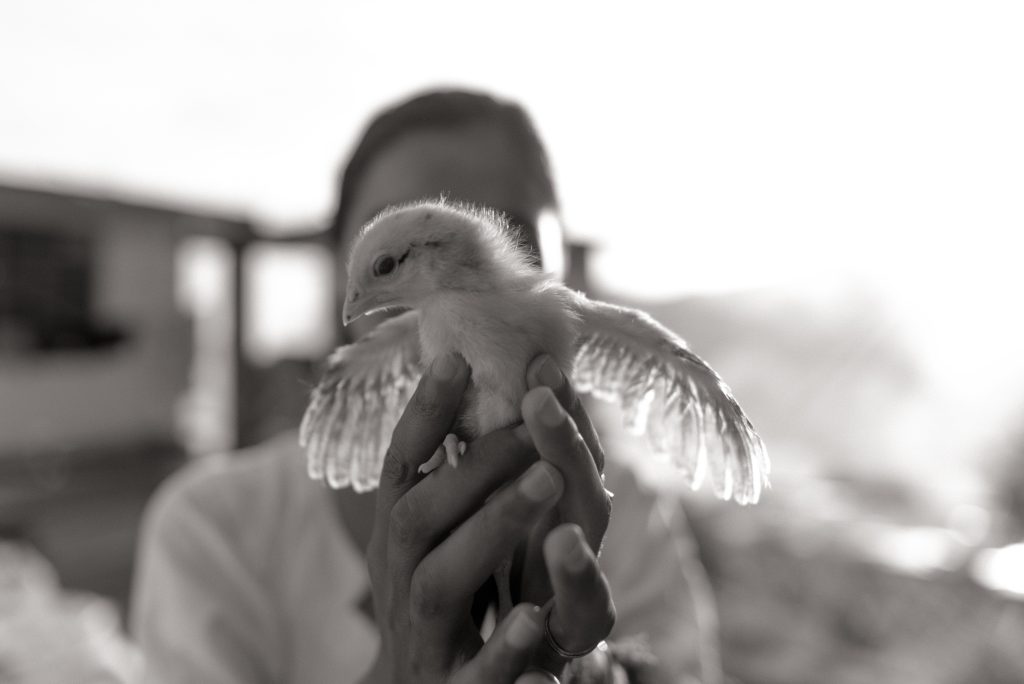
Why do you prefer black and white photography?
I think it happened naturally, I didn’t exactly choose it (while choosing it at the same time). I love colour and the harmony that can be found and created in colour; it’s just that I think it’s not always possible, at least for me. When working in monochrome, I have a sense of complete concentration on only one but the most important thing. I would like to manifest the importance of focusing only on what is necessary, without the desire to scatter. Certainly, technically, it’s easier for the viewer to see other planes of the photograph when colour is not distracting. By removing one thing, you intentionally expose other parts, giving them more space. Very often, when one element dominates and holds the entire meaning and perception of a photograph, such as a geometric composition, for example, removing colour can simply make the path to understanding easier. I don’t think I turn to monochrome every time to highlight a specific element.
For me, it’s more of a feeling that exists only in black and white in some pictures.
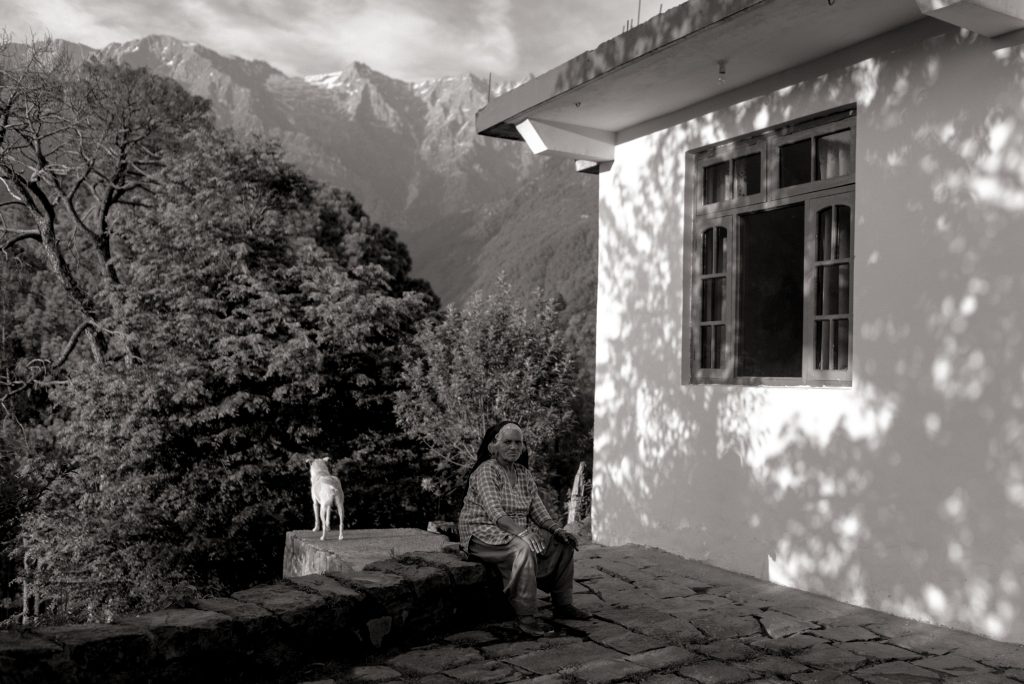
In the series of images, you shared with us, which is your favourite image, and what is the story behind it?
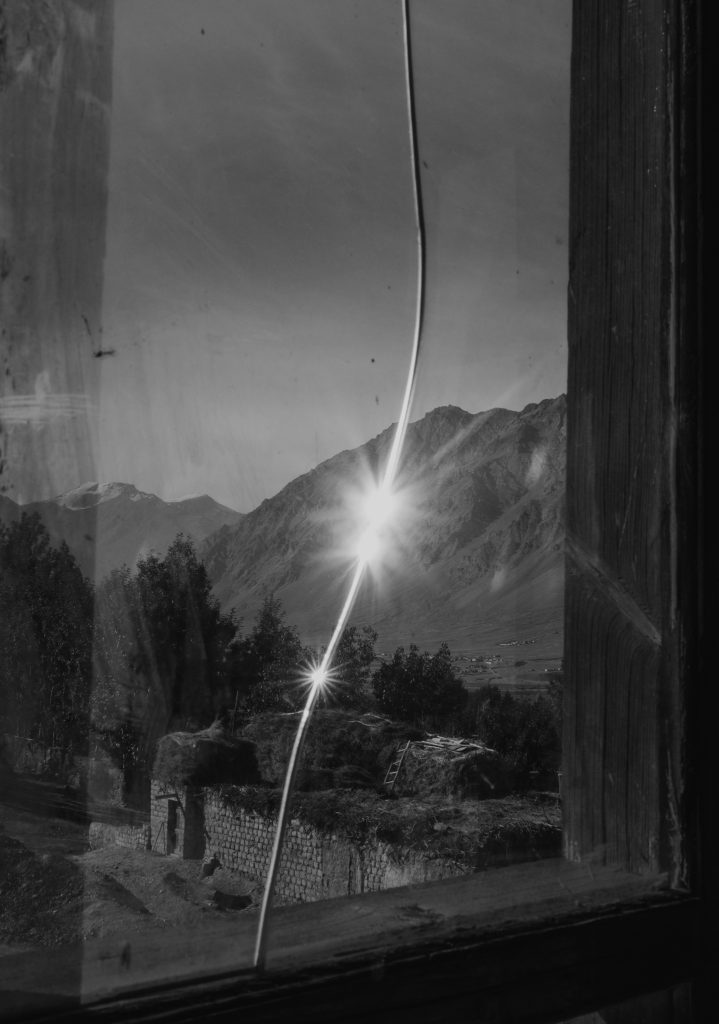
My favourite image is the photograph with a crack in the glass and light penetrating through it. I like cutting and breaking reality with the click of the camera, so I love this photo. There is an invisible world in it that I often pursue when photographing – a world that radiates from this crack in invisible glass, unfamiliar and distant, reflecting our familiar reality but entirely different.
There is no specific story behind it. It’s a case where I saw a small visual miracle in the external world and quickly photographed it, without reasoning, or planning a concept. However, it somehow resonated with my thoughts at that time and allowed me to notice and express it visually. Like some other photos in the series, I took this shot when I lived in the Zanskar region of the Tibetan Kingdom in northern India. I distinctly remember reading Ladakhi folklore at that time, and it gave me a very magical feeling – in Ladakhi songs, the sounds of glaciers, streams, and mountains are endowed with a soul and something divine, while a person quietly observes.
Are there other photographers whose work inspires you?

Certainly, including my artist friends. But overall, I can’t single out specific individuals; rather, it’s certain projects and works here and there. I can give a couple of examples from the classics that I “grew up” on. For “living” with the perception of photography in everyday life, I am inspired by Saul Leiter and Trent Parke. For navigating the intricate path of artistic exploration, I am inspired by Alessandra Sanguinetti and Alec Soth. For constructing my reality, I am inspired by Noemie Goudal. But truly, my source of inspiration for photography is poetry and music.
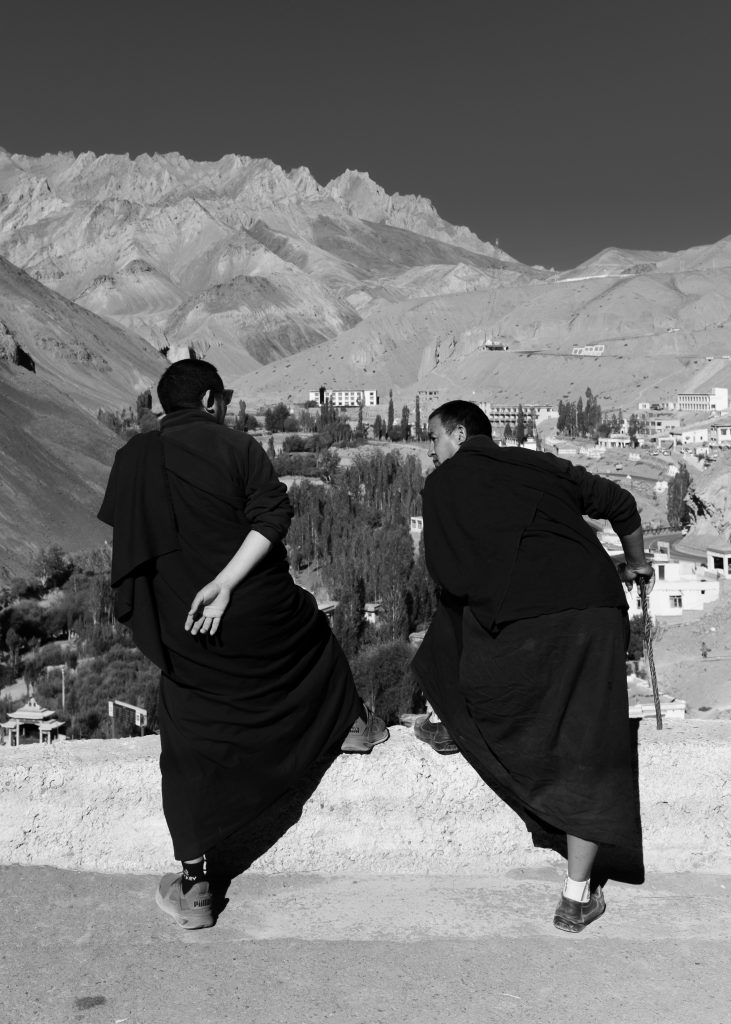
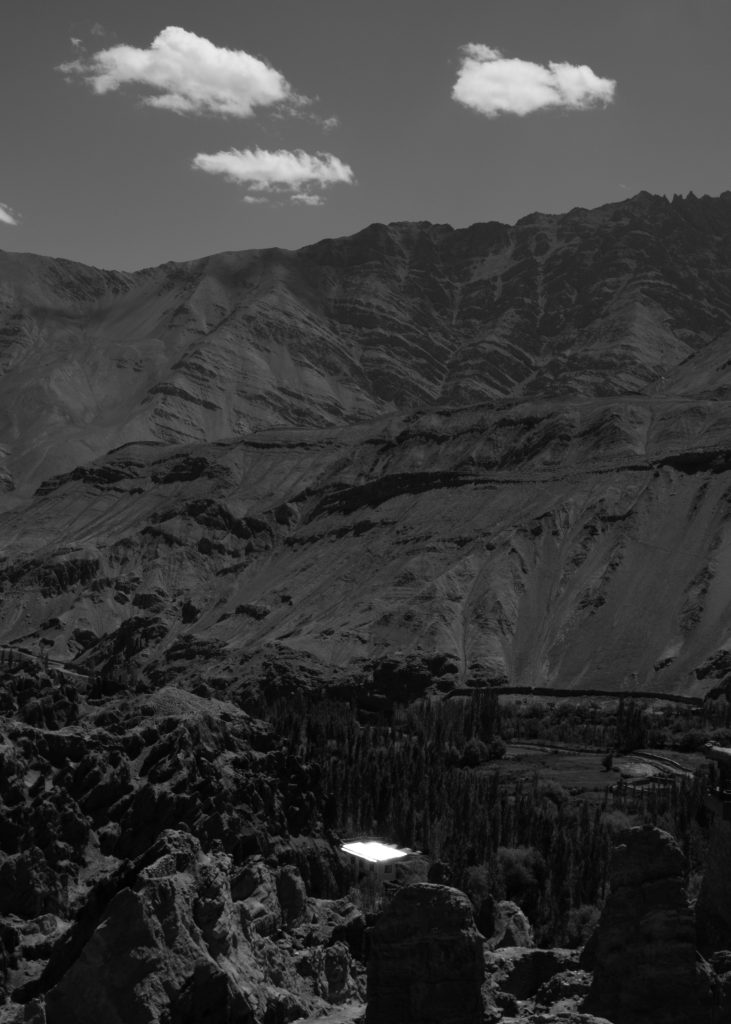
In your opinion, what is fine art photography and do you consider yourself a fine art photographer?
In a broad sense, it is the use of photographic technique as an artistic method of exploration and creation. It’s probably much easier to define what classical documentary photography is, but lately, the boundaries between artistic and documentary photography have blurred; it can be post-documentary or a combination of approaches. I find it interesting to base my work on documentary stories and sometimes weave reality and fiction in my projects, as well as explore possible developments in media within a project. In other words, sometimes pure photography can go beyond its boundaries. I like using other visual techniques – photographic and non-photographic, such as collage, alternative photographic processes, and video art. For me, it’s important that the medium and means I choose for a project serve the concept, but sticking to just one thing for a lifetime is not my story.
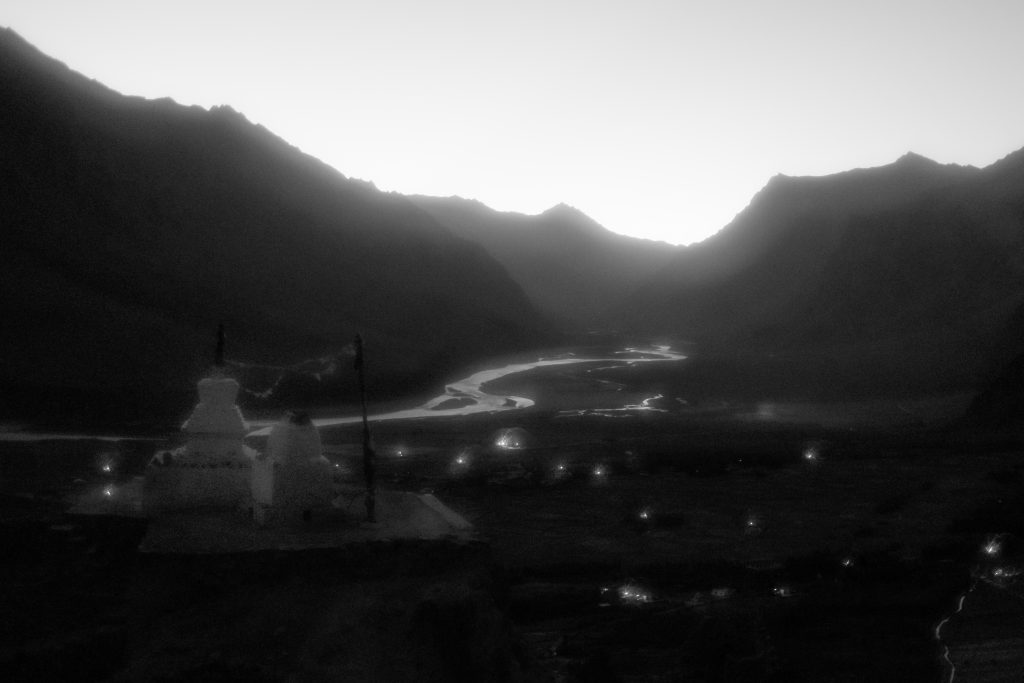
Mission statements aren’t farfetched with most photographers, so we were wondering if that applies to you too, in the sense of: what message do you wish to communicate with your photography, freedom, peace, love? For example you photograph a lot of women in your work, what message do you wish to pass with their imagery?
For me, creativity and art are the way to endure one’s existence, oneself in it, and truly make it happy, no matter what it is filled with. It’s an ongoing aspiration to constantly transform prose into poetry, to create beauty from the chaos, and to find such stories in life. As in one of Godard’s films: “Life may be sad, but it is always beautiful.” I believe that this beauty is our only salvation.
In addition, through my creativity, I try to blur the boundaries between “us” and “others” because we are one. My interest in Eastern philosophy, Buddhism, and yoga has influenced how I see people and what I aspire to in interacting with them and the world at large. To manifest this through projects, I must approach this truth myself, and the process of working on a photo project teaches me this lesson.
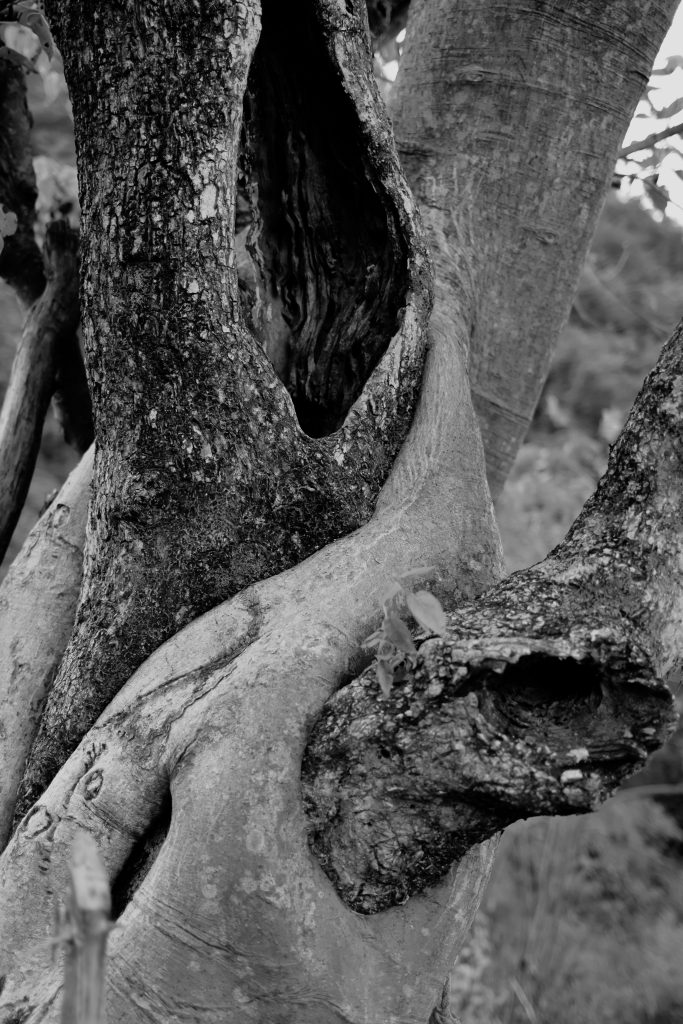
In general, the process is immensely important to me, sometimes so much that it becomes more important than the release of the project itself. The process is how I heal, and how people heal in the artistic exploration that we create. It’s about how I look at myself, they look at themselves, and we mirror each other. For example, when I was working on a project about the North, I got very close to my protagonists, and I was delighted when genuine contact occurred; otherwise, it would have made no sense. People entrusted me with the intimate truths of their culture, reflections, and regrets about the past through folklore. In this reflection, I began to find myself and my connections to this place; after all, I was born there and belong to this culture in some sense. I created a space for them where they could reflect on the past and know that they mattered, and through photography, it became a newly written fairy tale.
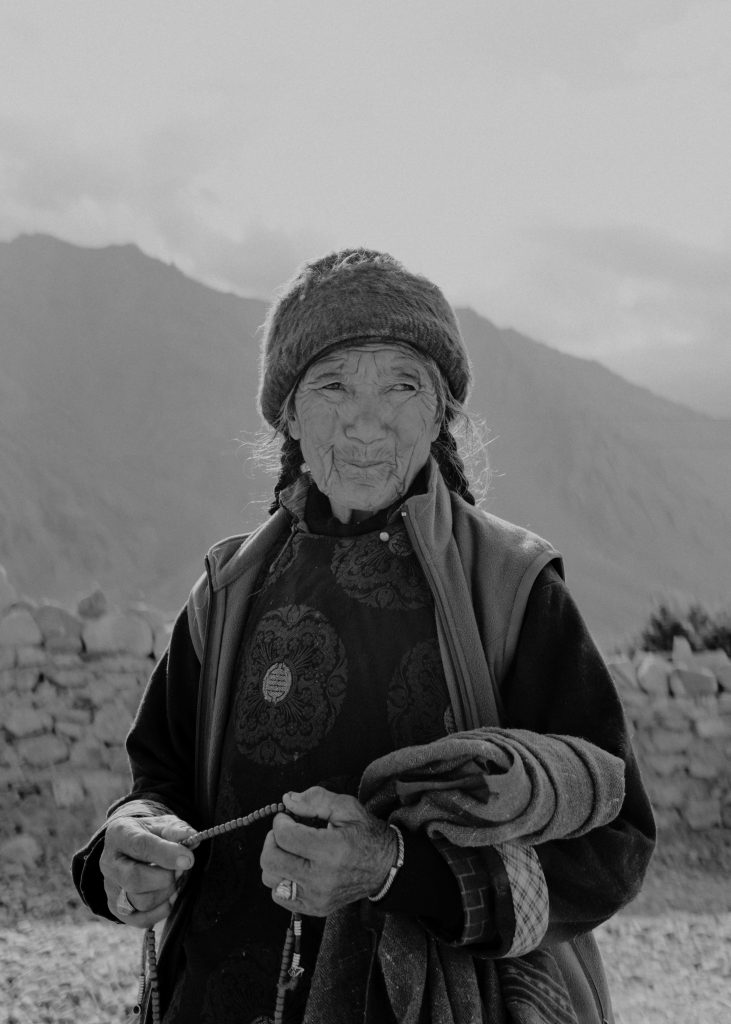
This project is special because it’s about my homeland, and I need to capture this culture, to show its fragility, meaning, and depth.
In the project ‘Postcards Home’, I also wanted to create a process for people where their pains and quests for home could become something unifying, something shared. Moreover, in such an approach, it seems to me, that the only chance to talk about social issues and generational traumas is to start from personal stories. So, I always choose that path. But projects have a second life after release. I want what I did to stimulate contemplation and introspection in viewers, so this project is saturated with psychology.
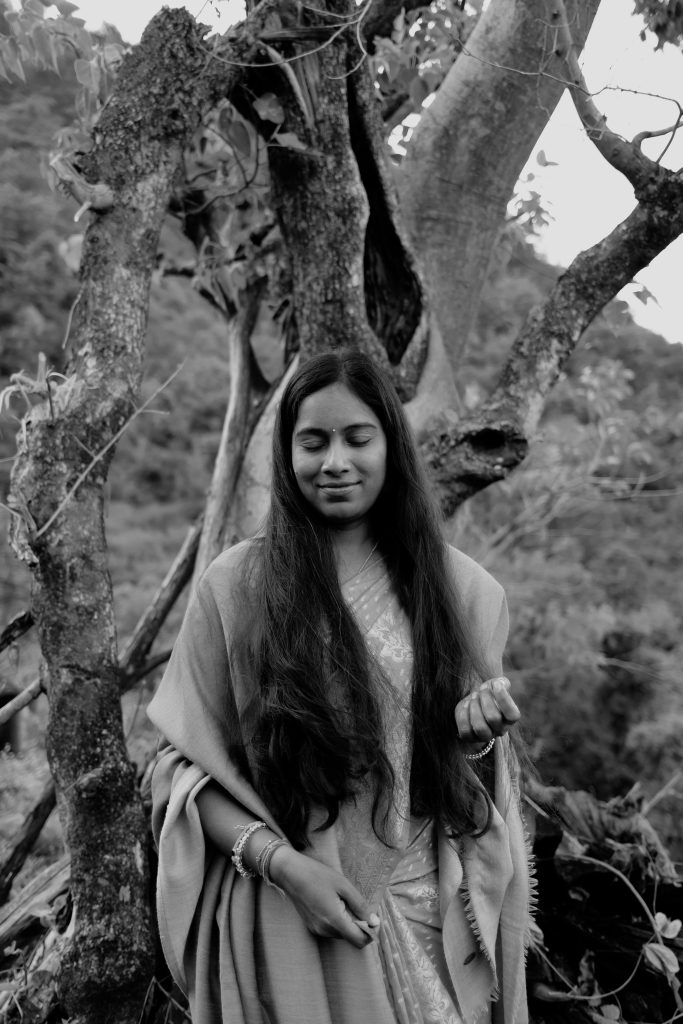
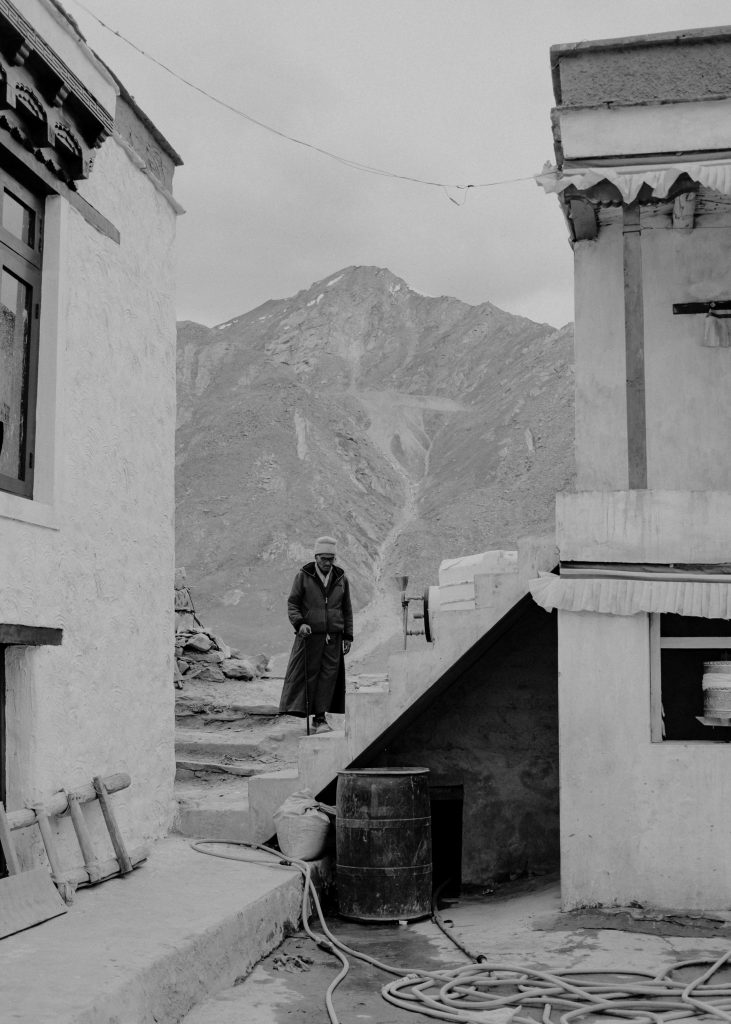
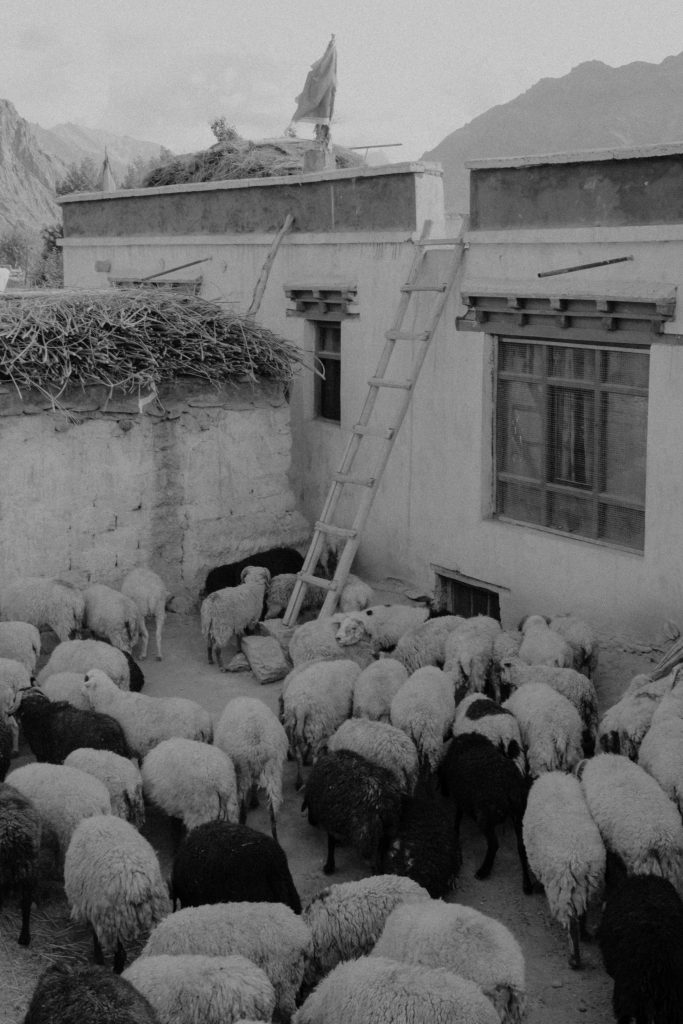
From your Instagram page it’s easy to tell that you’re a busy photographer who is always up to something, could you share some words about your other works like “Post Cards from home” and also some details about documenting Indian Tibet in Ladakh, Himalayas, with an emphasis on the Tibetan ‘Ladakhi’ culture and Zanskar.
I am constantly on the move and always in search. “Postcards Home” is a project I worked on after leaving Russia. It seems to me that its emergence helped me live through what was happening much better and more honestly – my endless relocations, nostalgia for what was missed, the pain of just reestablished connection with home that I had to break. I used an experimental approach and a simple structure – the project consists of documentary texts and artistic visual works, where I combined different techniques. It was exhibited twice – in a gallery and a festival in Georgia, and honestly, I would like to expand it and fill it with new stories of people from other parts of the world.
I’m preparing the release of my project about the Arkhangelsk region (the place where I was born in the north of Russia). The project will be released in Russian as an interactive website, and then, I hope to do something else with it.
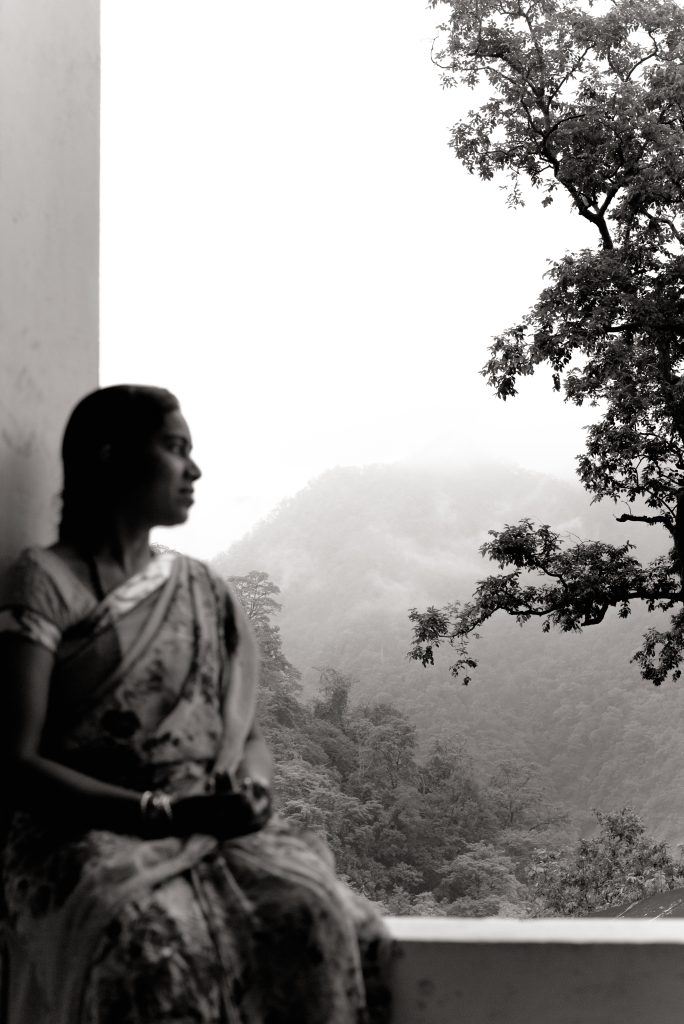
In India, I travelled to the Himalayas with my friends, and there we documented the local culture without much planning. It’s a very interesting region, sometimes called the “Indian Tibet” – here, there are high-altitude and almost inaccessible villages and Buddhist monasteries carved into the rocks. By chance, I met the Prince of Zanskar there and his love from Hungary – Pani. It’s an amazing story of the intersection of cultures in this distant village and how they are restoring the castle of his dynasty, creating a community in the village. My partner and I, he’s a director, started filming the first documentary there – about love and modern relationships, and their story was the first one we captured. In addition, I created a small photo series about this region and Pani with Stanzin, their work on restoring the castle. Most of the photos in this article were taken during my time in Zanskar.
And now I’m on the way again.
